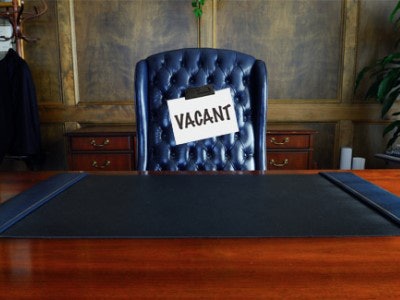When South Carolina State University (SCSU) opens its doors this month to begin a new school year, its staff , faculty and students will greet its ninth chief executive in a decade — James E. Clark, a seasoned corporate executive recently appointed president of the struggling institution.
Clark’s debut, itself a matter of controversy in South Carolina higher education and political circles, is the latest chapter in a growing drama about the unusually high turnover of presidents of historically Black colleges and universities (HBCUs) after decades of leadership stability.
Time of turnover
As the new fiscal year began July 1 for most of the nation’s institutions, at least 10 HBCUs were looking for permanent chief executives, according to data collected by the Washington, D.C.-based Thurgood Marshall College Fund (TMCF). Half a dozen others had appointed new leaders (presidents or chancellors) within the past year, having replaced a chief executive who had served less than two years.

“It’s huge,” says Johnny C. Taylor, president and chief executive officer of TMCF, when asked to describe the impact on an institution of not having a permanent president.
“It exacerbates a school’s situation,” says Taylor, who views the HBCU dilemma from the corporate donor’s perspective. His organization raises millions of dollars each year for scholarships to attend HBCUs.















